What would we see at the speed of light?
Last updated: May 7, 2023
This article discusses what would happen if we traveled at the speed of light in a spaceship.
One effect is that light from stars would appear to come from the front, causing the sky to contract before us.
Another effect is that time would slow down, meaning that if we returned to Earth after our journey, we would have aged less than people on Earth.
It would also cause length contraction, which means that the farther we look into space, the farther we look into the past.
The concept of the Warp Drive, which would allow faster-than-light travel by bending space-time, is currently considered impossible to achieve.
- Aberration of light causes the sky to contract before us at the speed of light
- Doppler effect causes time to slow down and light to weaken as we move away from Earth
- Time dilation means we would age less than people on Earth if we traveled at the speed of light
- Length contraction means we would see farther into the past if we looked farther into space
- Warp Drive would allow faster-than-light travel but is considered impossible to achieve
- The curvature of space-time would cause a moving lens if we looked from outside the Warp Drive

Optical effects of acceleration 02:22
- As the spaceship accelerates, a phenomenon known as the aberration of light occurs
- Light rays from the stars appear to come more from the front, causing the sky to contract before us
- This effect is perfectly analogous to raindrops on a car windshield
- This is due to the fact that the spaceship is moving in a different direction than the incoming light rays
- The aberration of light results in another phenomenon called the Terrell-Penrose rotation
- Images of objects seem contracted in front of us due to the spaceship's high speed
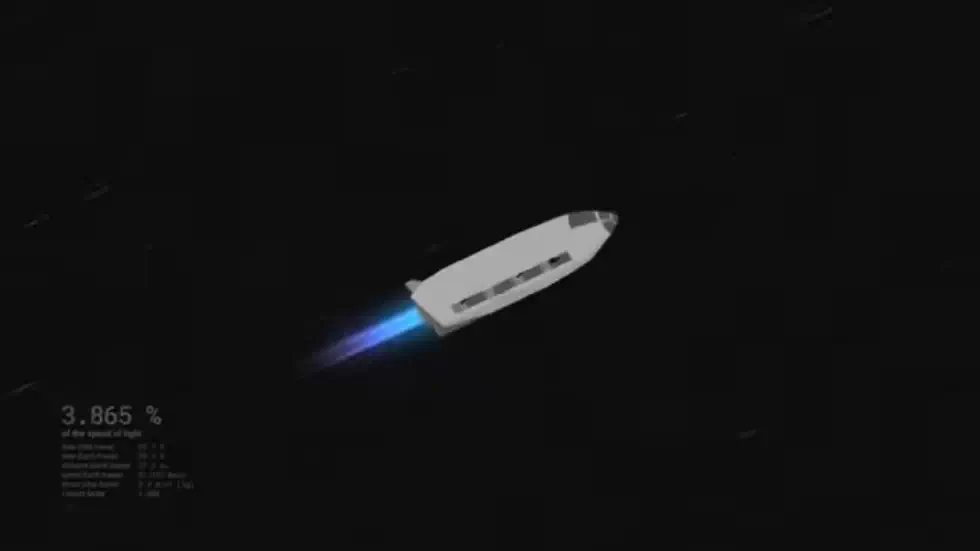
Doppler effect in space 04:39
- The Doppler effect occurs when the wavelength of light changes as a result of motion
- Looking out from the spaceship, the same phenomenon is at work as we move away from Earth
- The planet's light takes longer to reach us as we move away from it
- If we could zoom in with a telescope, we would see people on Earth evolving in slow motion
- Each tick of the clocks on Earth takes longer and longer to reach us
- The intensity of the light seems to weaken as the image of the planet shifts towards a red color
- In front of us, the opposite effect occurs as the ship catches up with light and the stars seem to get brighter and shift towards a blue color
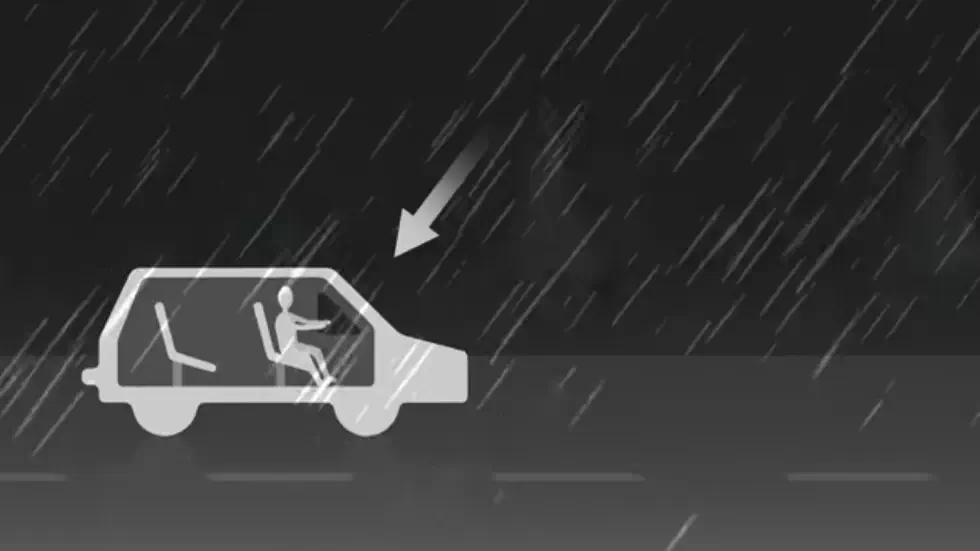
Time dilation 06:40
- Time dilation is a consequence of special relativity
- The universe is a huge four-dimensional fabric called space-time, made up of three dimensions of space and one dimension of time
- When we picked up speed and zoomed away from Earth faster, our trajectory gradually deviated from that of the planet
- The axis we call time is no longer aligned with the time axis of people on Earth
- If we decided to turn around and come back, our clocks would have measured a different time
- We would have aged less than Earthlings because our trajectories in space-time would have been different
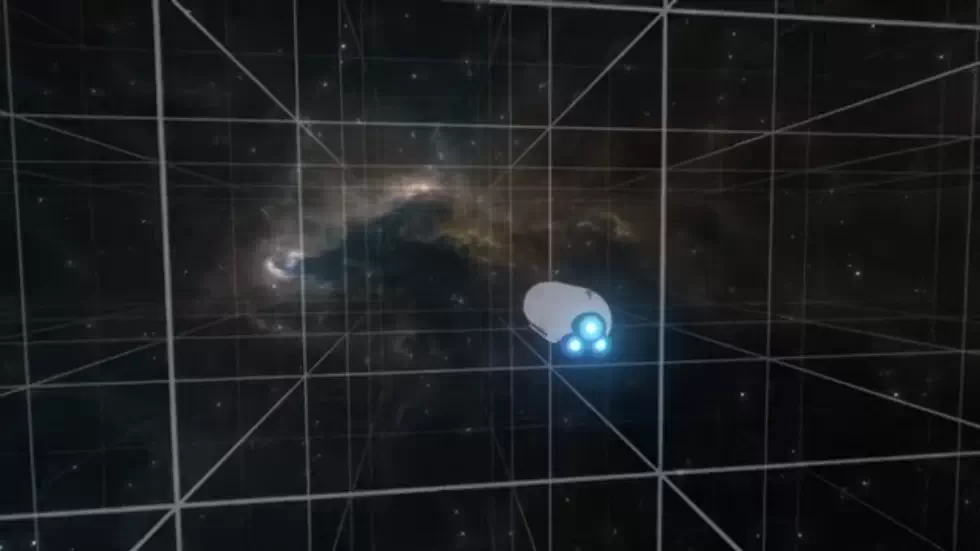
Length contraction 07:45
- Length contraction is another key consequence of special relativity
- When a body moves close to light speed, its length gets contracted in the direction of its motion
- From the spaceship's perspective, the entire universe is moving backwards
- The universe is contracted along our direction of motion
- The length of the journey to reach our destination is shorter than expected
- If we tried to reach a distant star, the journey would genuinely seem shorter to us
- It would take less and less time the faster we move
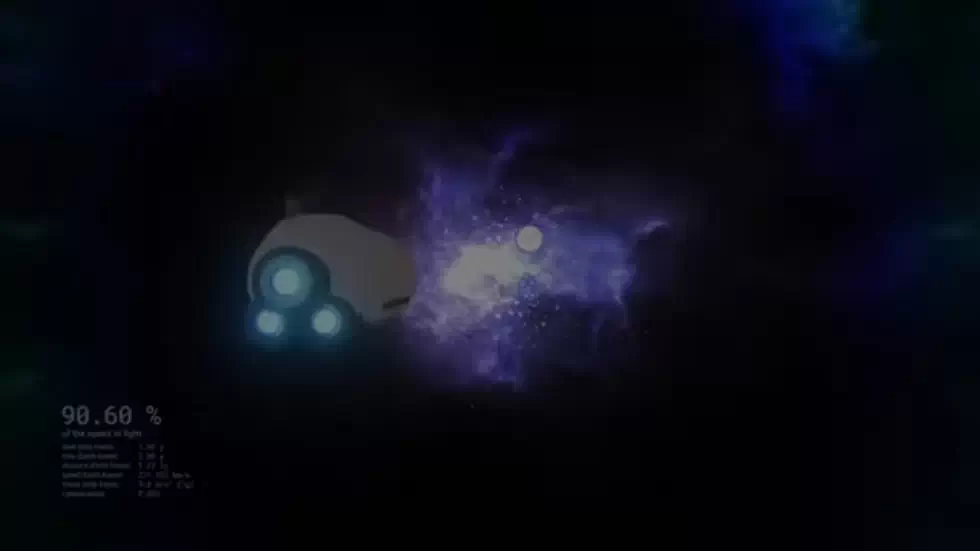
Length Contraction 08:54
- Length contraction is a real phenomenon.
- The farther we look into space, the farther we look into the past.
- When we cross the orbit of a planet that moves quickly towards us, the planet's length is contracted.
- The back of the planet is located further in space than the front of the planet.
- The image we receive from the back of the planet has taken longer to reach us, so we see it as it was in the past.
- Even if the planet is contracted, it would not look like it because we receive the image of its back with a delay.
- Rather than contracted, it appears to be rotated.
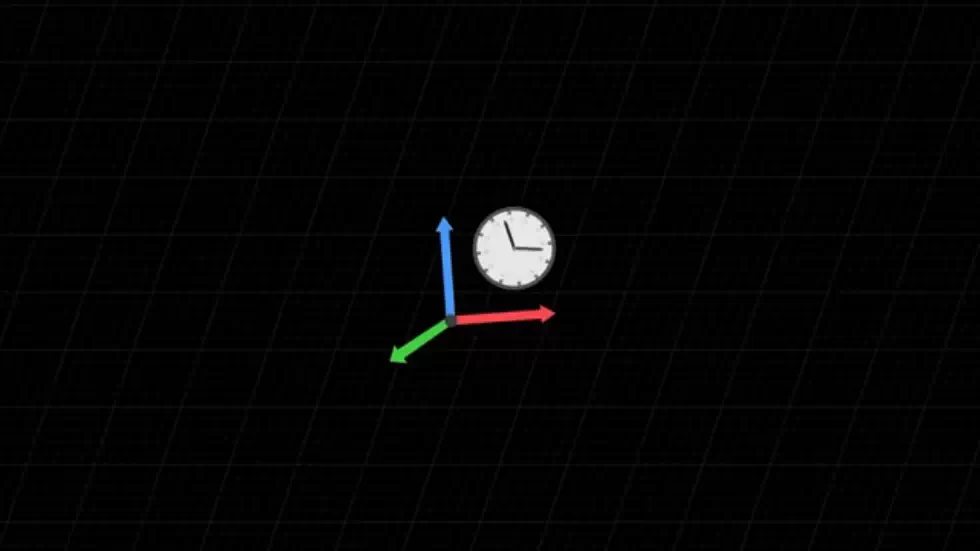
Terrell-Penrose Rotation 09:50
- Terrell-Penrose rotation is a phenomenon we have already seen.
- When we move very fast and look to our side, the edges of the objects around us seem shorter in the direction of motion.
- This can be interpreted either as length contraction or as a rotation change in perspective.
- A person watching us zoom by would not really see our ship contracted but rather rotated on itself.

Approaching the Speed of Light 10:25
- Over time, our field of view continues to contract.
- By accelerating more, we would perhaps expect to reach the speed of light at some point.
- However, it is strictly impossible to exceed or even reach the speed of light.
- Even if a ship accelerates constantly, it will never reach the speed of light.
- That is because the speed of light is absolute.
- No matter how much we accelerate, light escapes inexorably.
- Almost at light speed, all optical effects would become extreme.
- In our frame of reference, the universe would be extremely contracted like a thin fabric that we would cross from side to side in a fraction of a second.
- For a person on Earth, we would be moving at the speed of light, but for us, the trip seems instantaneous.
- We move infinitely fast.
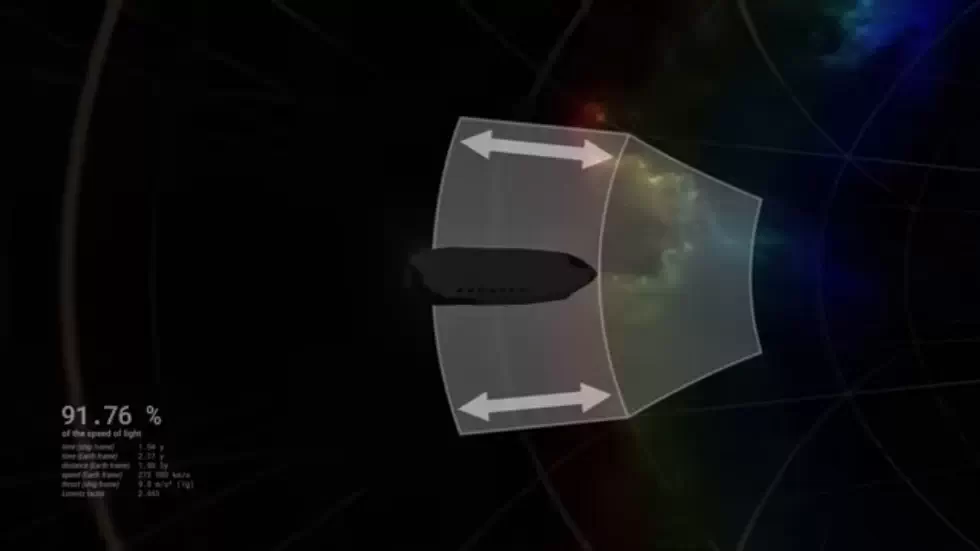
The Warp Drive 12:28
- Nothing can ever move faster than light through space, but there might be a way to circumvent this rule.
- In fact, nothing prohibits space itself from moving faster than light.
- We could imagine creating a bubble around our spaceship which we would propel faster than light.
- This is called a warp drive in reference to science fiction.
- It would no longer be a matter of zooming a vehicle through space but of propelling the fabric of space itself.
- Our ship would remain motionless, surfing on a wave of faster-than-light space-time.
- Such a structure may seem absurd and indeed it is currently thought to be impossible to achieve.
- Producing a warp drive would require bending space-time with huge amounts of negative mass, a form of matter that does not seem to exist in our universe.
- That said, mathematics still allow us to model and calculate what we would see in such a situation.
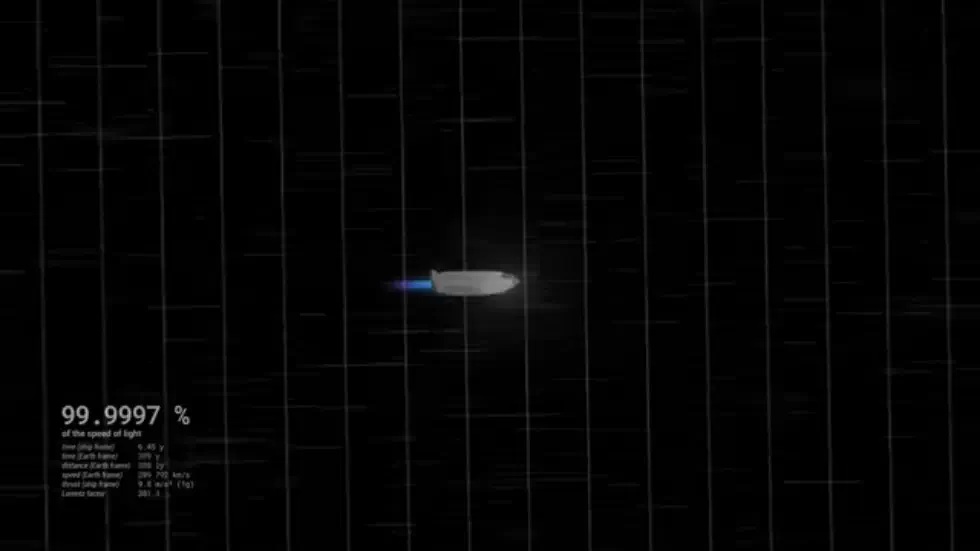
What We Would See at the Speed of Light 13:14
- If we looked from outside the warp drive, it would seem to appear out of nowhere.
- The curvature of space-time deviates the trajectory of light rays, forming a moving lens which splits into two.
- One part moves forwards and the other retreats in the opposite direction.
- Light travels slower than the warp drive itself, and when it approaches, light has not yet had the time to reach us.
- After it crosses us, we receive both the light which had not yet reached us and the rays which were emitted later.
- Looking from the inside of the warp drive, we would see the sky contracted in front of us and very bright behind us.
- The universe would look extremely dark, and a whole patch of the sky would simply vanish from our view.
- The light emitted from there is too slow to catch up with us, and a cone of the universe remains permanently invisible.

